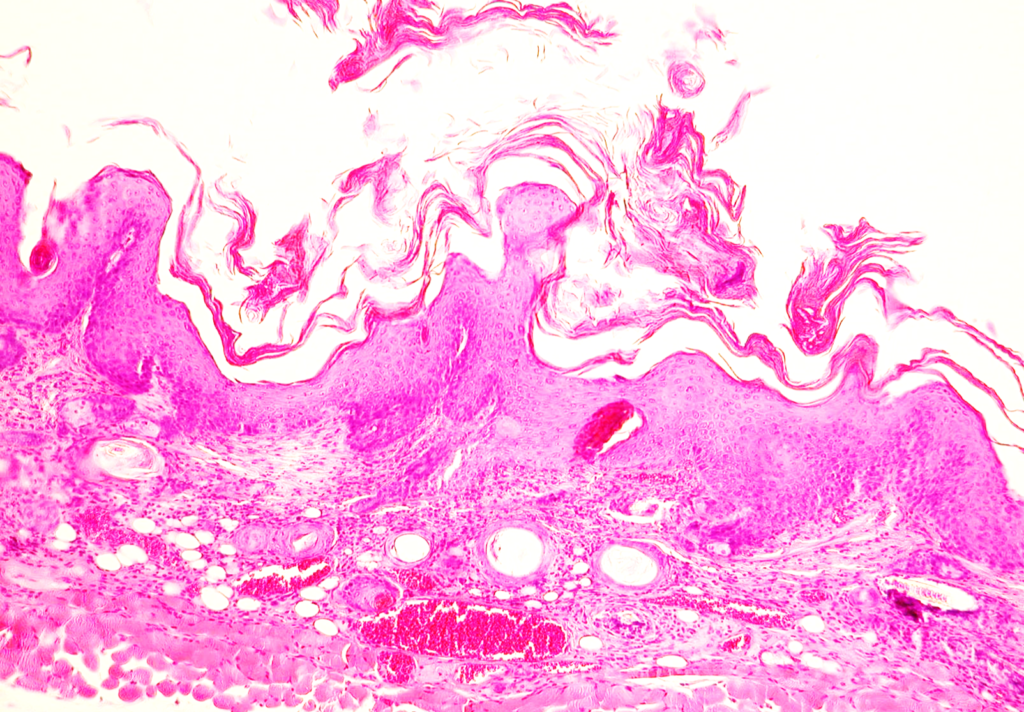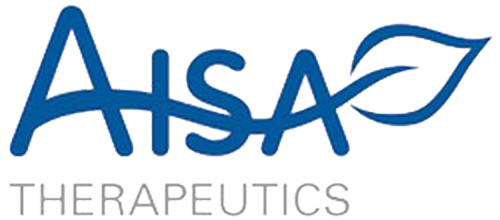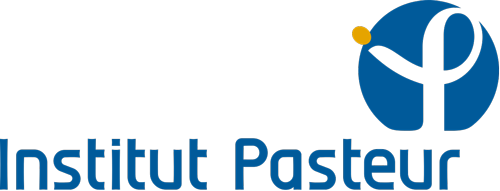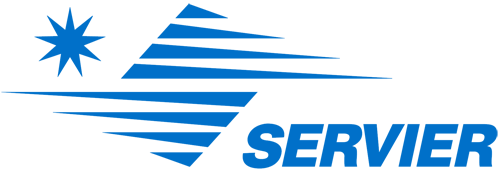With over two decades of expertise, ETAP-Lab stands as a recognized leader in preclinical dermatology. Leveraging our gold standard models and tailor-made solutions, we address your challenges in molecule development, spanning across areas such as psoriasis, atopic dermatitis, wound healing & skin grafting. Additionnaly we propose UV-induced models, pain models and dermal toxicity.
In the studies we design, in addition to macroscopic scoring, the benefits of treatment are confirmed through translational models empowered by behavioral approaches.
Contact our experts to find out about our standard to customized models & services.

Leading CRO for preclinical dermatology research
ETAP-Lab has been a recognized leader in preclinical dermatology for over 20 years, working for long-term customers among pharmaceutical, biotech and medical device companies. The company has built up one of the broadest portfolio of in vivo models with 30 different models available, mainly in the fields of skin inflammation, immunodermatology and wound healing, and for the past 5 years in the field of skin grafting.
Expertise in building original translational in vivo models
The company offers high-quality preclinical services with high translational value, supported by study designs tailored to meet specific customer needs. We design our studies to provide optimal translational situations: experimental conditions that respect chronobiology, chronopharmacology and animal welfare. Treatment benefits are confirmed by translational models backed up by behavioral approaches.
Dedicated expert team at the forefront of dermatological science
Innovation drives us to continually update our knowledge and techniques on key future healthcare issues. Active member of dermatological associations such as European Tissue Repair Society (ETRS), Société Française de Toxicologie (SFT), European Wound Management Association (EWMA) and European Society for Dermatological Research (ESDR).







